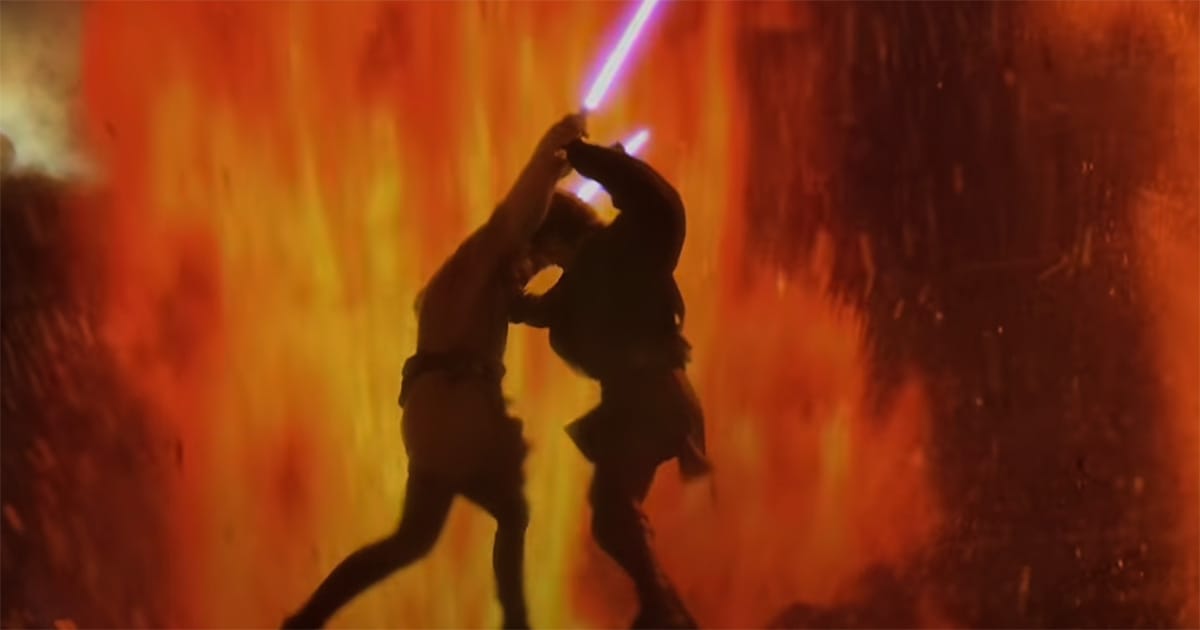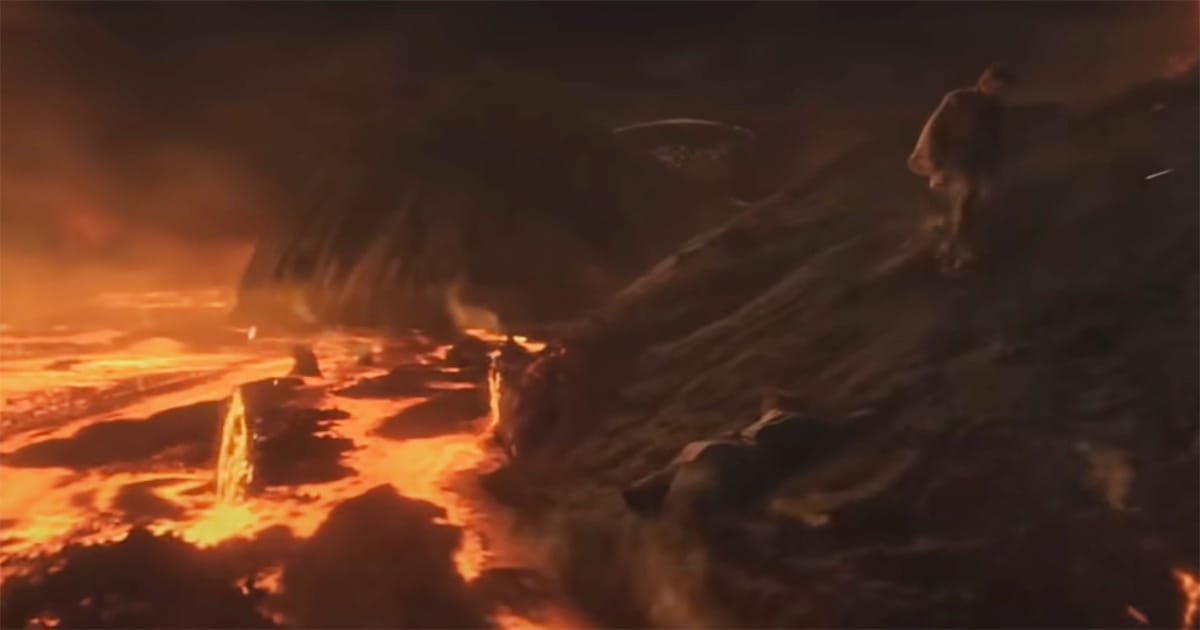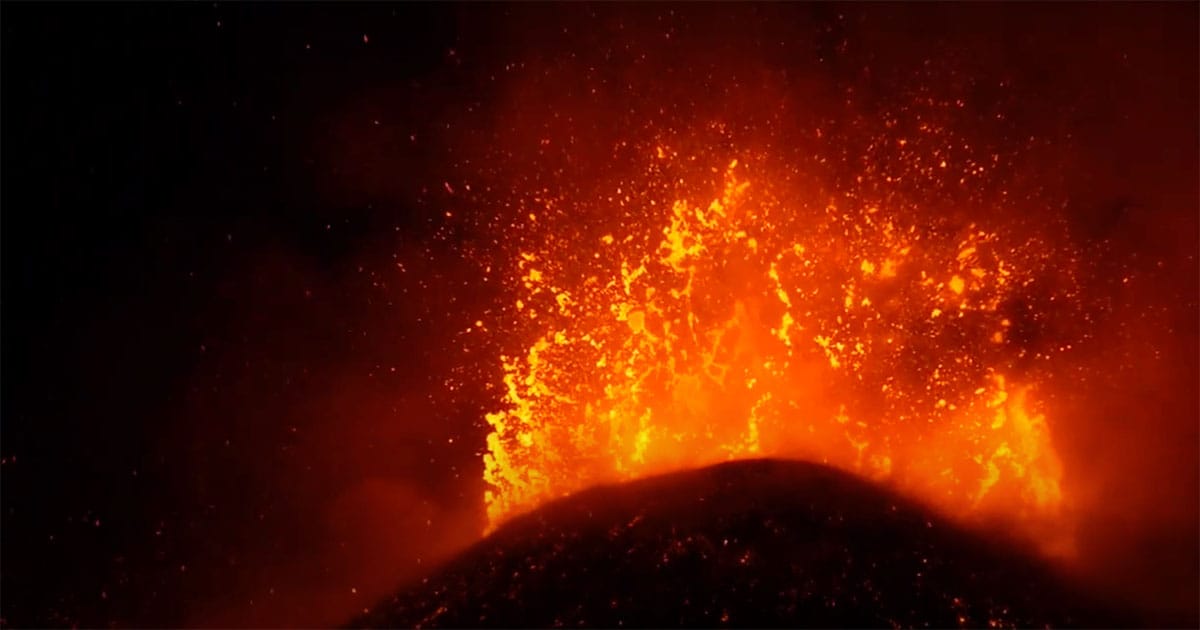Mount Etna Brought Mustafar to Life
Mount Etna's 2002 eruption provided real lava footage for the Mustafar scenes in "Revenge of the Sith," grounding the Star Wars saga's most dramatic duel in the raw power of Earth itself.

When Real Volcanoes Fueled a Galaxy Far Far Away
In the climactic act of "Star Wars: Episode III – Revenge of the Sith," two figures battle over lava rivers and firestorms. Obi-Wan Kenobi and Anakin Skywalker, once brothers in arms, now enemies, fight across the scorched surface of Mustafar. What most viewers never realize is that part of that hellscape is real. It is Sicily. More precisely, Mount Etna.
In 2002, during a major eruption, George Lucas sent a crew to film Mount Etna's lava flows. The footage they captured was not simulated. It was volcanic rock in motion, glowing red with the kind of primal energy no studio backlot could match. These images were folded into the final Mustafar scenes in "Revenge of the Sith," making the Star Wars galaxy feel more tangible and more dangerous.

Science fiction is often accused of being synthetic, all chrome and circuitry. But in this case, the genre grounded itself in geology. The duel between Jedi is made more powerful by the very real fury of the Earth. Lucas could have invented Mustafar whole cloth through computer graphics. Instead, he borrowed fire from the real world and placed it at the heart of his saga.
Mount Etna, located on the eastern edge of Sicily, is one of the most active volcanoes in the world. Its frequent eruptions have shaped both landscape and legend. In "Revenge of the Sith," it becomes more than background. It becomes character. The roiling lava and choking smoke do not just add realism. They echo the emotional violence on screen. Anakin's final moments as a man are set to the sound of Earth cracking open.
This choice also speaks to a broader trend in science fiction filmmaking. The best stories in the genre use real environments to lend weight to the imaginary. Lucas understood that. So did Stanley Kubrick in "2001: A Space Odyssey" and Ridley Scott in "Alien." Real landscapes carry a texture that digital ones struggle to mimic. The way light scatters, the way shadows fall, the way terrain moves underfoot.

By using Mount Etna, Lucas added an ancient kind of authenticity. The lava flows of Mustafar are not speculative. They are historical. They remind us that science fiction is not just about the future. It is also about the forces that have shaped our past.
"Revenge of the Sith" stands apart in the Star Wars canon for many reasons. Chief among them is this decision to let nature play a role. In a saga of space battles and interstellar drama, the most memorable fire came from Earth itself.

